My favourite painting: Magnus Linklater
'Botticelli’s Primavera has a special place in our family, because it bears my father’s DNA'
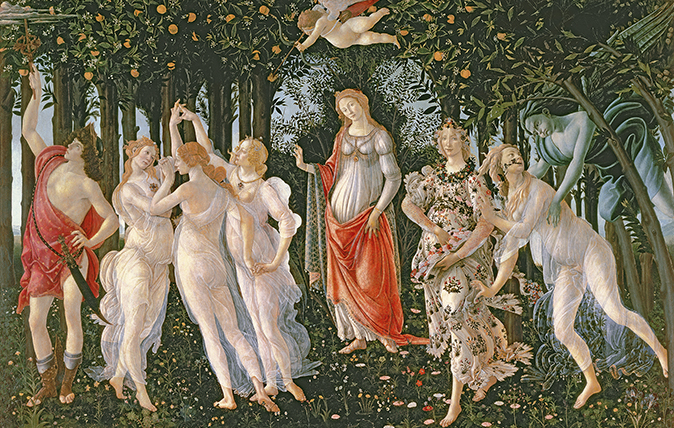

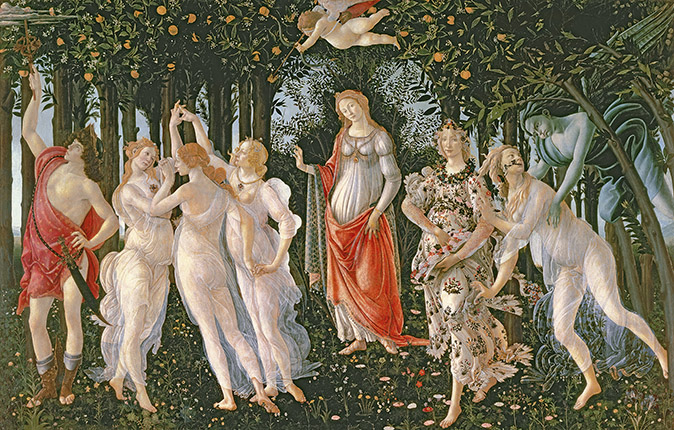
Primavera, 1480–82, by Sandro Botticelli (1444/5–1510), 6½ft by 10¼ft, Uffizi, Florence, Italy
Magnus Linklater says: Botticelli’s Primavera has a special place in our family, because it bears my father’s DNA - literally. In Italy in July 1944, writing a history of the Eighth Army campaign, he arrived, with the broadcaster Wynford Vaughan Thomas, at the Castello di Montegufoni, owned by the Sitwells and newly liberated from the Germans. There, he and Wynford found a treasure trove of pictures, stored for safety by the Uffizi in Florence. Among them was Primavera. My father, seizing the chance, climbed onto a chair and planted a kiss on the lips of the loveliest of the three graces. ‘Ever afterwards,’ he used to say, ‘when I stood in front of her among the crowds, I thought I detected a look of shared complicity.
Magnus Linklater is a journalist and former editor of The Scotsman
John McEwen comments on Primavera: Grand mythological painting was a 15th-century Florentine invention and Botticelli was the greatest of its early masters. Primavera (Spring) has an exceptionally long provenance and has been subject to endless interpretation. Current understanding depends on two simple discoveries: its fidelity to Classical literary sources - especially Ovid’s Fasti, which identifies the figures and actions - and inventories, which show the painting was commissioned for the bedchamber of Semiramide Appiani, wife of Lorenzo di Pierfrancesco de’ Medici, a junior member of the Florentine dynasty.
Giorgio Vasari called it ‘The Spring’ in the 16th century and the title fits the later revelation that it’s a ‘wedding present’. In Fasti, Ovid describes the spring wind Zephyr in pursuit of the virginal nymph Chloris, who, at his touch, is transformed into Flora, goddess of spring and gardens. For Ovid, too, this scene symbolised marital fecundity, with references to wooing, abduction, marriage and dowry.
The dynamic transformation occupies the painting’s right, with fleeing Chloris literally exhaling roses before she stands as Flora in all her spring glory. On the left, Mercury, wing-shod messenger of the gods and spring’s herald, dispels the winter clouds with his serpentine staff (caduceus). His followers, the Three Graces (Chastity, Beauty, Love), attend Venus, goddess of love and beauty and protector of marriage, who stands centre stage. Overhead, her winged courier, the blindfolded Cupid, takes arbitrary aim with his bow.
The Medici palace had a sacred orange grove. Flora, symbolising Semiramide, merges with an orange tree. Myrtle (chastity/fertility) girdles her waist and frames Venus. She scatters roses (children). The floral decoration of The Queen’s wedding dress in 1947 was inspired by Botticelli’s Flora.
Exquisite houses, the beauty of Nature, and how to get the most from your life, straight to your inbox.
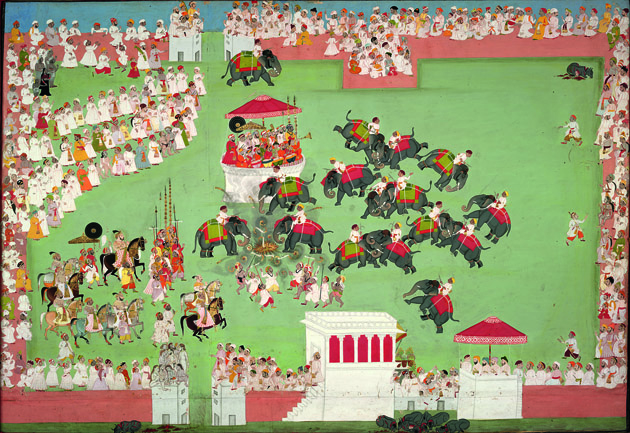
My favourite painting: Nicholas Coleridge
Nicholas Coleridge chooses Maharana Jagat Singh attending an elephant fight by Syaji and Sukha as his favourite painting
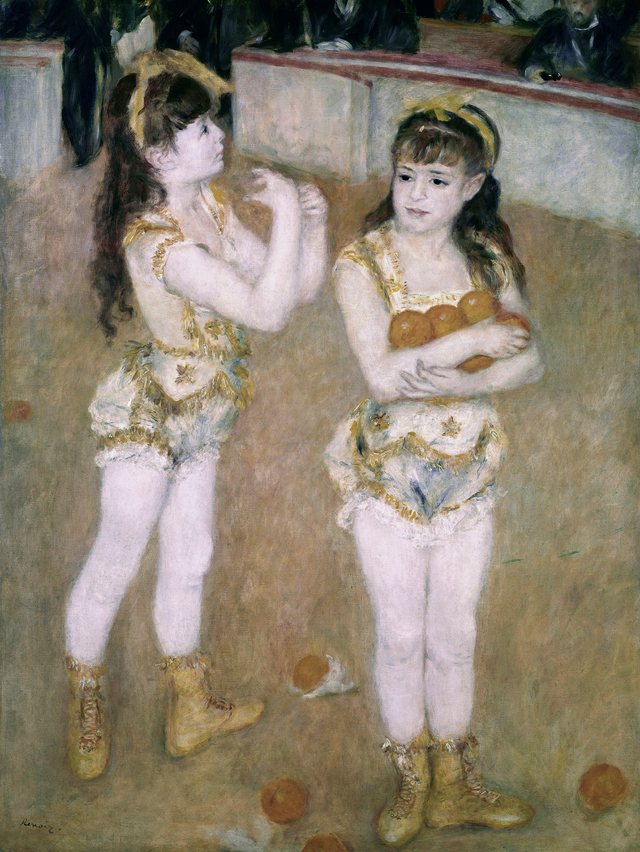
My favourite painting: Jacqueline Wilson
'I looked at this painting and decided to write about a Victorian circus girl one day'
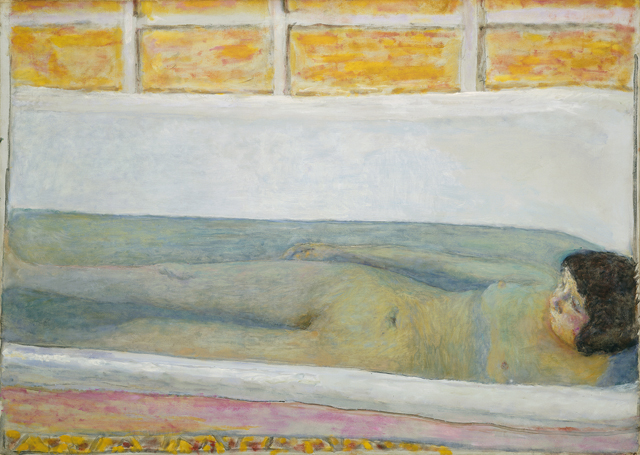
My favourite painting: Lauren Child
Lauren Child chooses her favourite painting for Country Life.
Country Life is unlike any other magazine: the only glossy weekly on the newsstand and the only magazine that has been guest-edited by His Majesty The King not once, but twice. It is a celebration of modern rural life and all its diverse joys and pleasures — that was first published in Queen Victoria's Diamond Jubilee year. Our eclectic mixture of witty and informative content — from the most up-to-date property news and commentary and a coveted glimpse inside some of the UK's best houses and gardens, to gardening, the arts and interior design, written by experts in their field — still cannot be found in print or online, anywhere else.
-
 England and the 1966 World Cup — which was stolen and later recovered by a dog called Pickles
England and the 1966 World Cup — which was stolen and later recovered by a dog called PicklesIn celebration of the footballing talents of Country Life's guest editor Sir David Beckham, we look back at the summer of 1966, when the England national team was on top of the world.
-
 Dire Straits' bassist John Illsley reveals why he swapped the recording studio for the art studio — and his consuming passions
Dire Straits' bassist John Illsley reveals why he swapped the recording studio for the art studio — and his consuming passionsJohn Illsley rose to fame as the bassist of the Dire Straits, but nowadays you're more likely to find him in an art studio.
